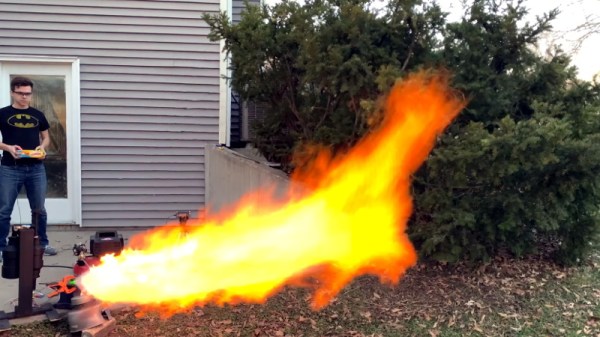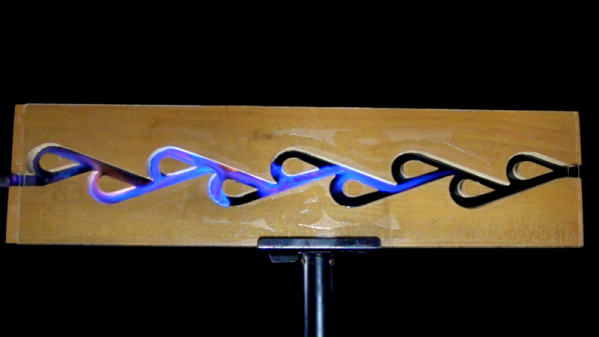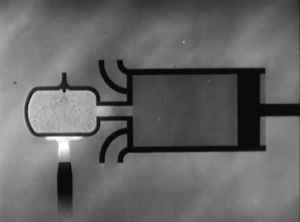[Steve Mould] came across an interesting little phenomenon of blue flames zipping around a circular track. This led to diving down a bit of a rabbit hole about excitable mediums, ultimately leading him to optimize the shapes and come up with some pretty wild variations which he shows off in a video (also embedded below.)
 After figuring out that the moving flame depended on combustion of fuel vapor in an environment that didn’t allow for the whole surface to stay lit at once, [Steve] tried to optimize the design of 3d-printed channels and raceways to encourage this effect, and he came up with some pretty novel ones. The 3D models are here if you’d like to try them for yourself (we especially like the “figure eight” and “rays” models.)
After figuring out that the moving flame depended on combustion of fuel vapor in an environment that didn’t allow for the whole surface to stay lit at once, [Steve] tried to optimize the design of 3d-printed channels and raceways to encourage this effect, and he came up with some pretty novel ones. The 3D models are here if you’d like to try them for yourself (we especially like the “figure eight” and “rays” models.)
The video is an excellent show & tell of everything [Steve] dove into, complete with plenty of demonstrations of harnessing this effect to create some nifty running flames. Check it out in the video below, and if unintuitive physical effects are your thing, don’t miss [Steve]’s peeling apart of the turntable paradox.
Continue reading “Corral Some Zippy Blue Flames Into 3D Printed Troughs”









 By 1877, [Nikolaus Otto] had completed work on his coal gas engine built on four-stroke theory. This was the first really useful internal combustion engine and the precursor of modern four-stroke engines. It was eventually adapted for transportation with gasoline fuel. In 1890, the hot bulb oil engine was developed under the name Hornsby-Akroyd and primarily used in stationary power plants. Their flywheels had to be started manually, but once the engine was going, the bulb that drove combustion required no further heating.
By 1877, [Nikolaus Otto] had completed work on his coal gas engine built on four-stroke theory. This was the first really useful internal combustion engine and the precursor of modern four-stroke engines. It was eventually adapted for transportation with gasoline fuel. In 1890, the hot bulb oil engine was developed under the name Hornsby-Akroyd and primarily used in stationary power plants. Their flywheels had to be started manually, but once the engine was going, the bulb that drove combustion required no further heating.








